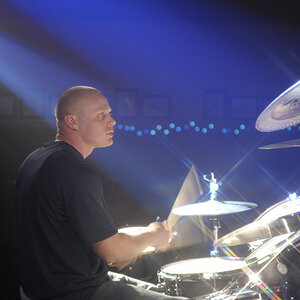LarissaPhotography
TPF Noob!
- Joined
- Dec 27, 2008
- Messages
- 529
- Reaction score
- 3
- Location
- Belleville, IL, USA
- Website
- www.larissaphotography.com
- Can others edit my Photos
- Photos NOT OK to edit
We're going to be purchasing one of these for off camera flash. I hadn't heard of Radio Popper until I went to convention. Have any of you guys used both? We're looking for decent range, reliability, and High Speed Sync. Suggestions?




![[No title]](/data/xfmg/thumbnail/40/40311-715dda8167abb793178d6abf7e8136fe.jpg?1619739414)







![[No title]](/data/xfmg/thumbnail/41/41798-aacfc8368463d919cba743fe318706b6.jpg?1619739897)
